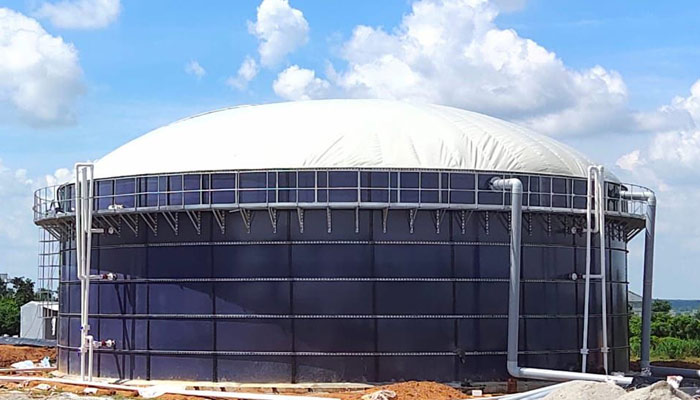
The primary purpose of biogas digester tanks is to generate biogas, a renewable energy source composed primarily of methane (CH4) and carbon dioxide (CO2). Biogas can be used for heating, electricity generation, or as a vehicle fuel.These tanks are typically constructed from durable materials such as reinforced concrete, steel, or high-density polyethylene (HDPE). The choice of material depends on factors like tank size, operational conditions, and longevity requirements.Organic materials are fed into the tank, where bacteria and other microorganisms break them down in the absence of oxygen. This anaerobic digestion process releases biogas, which is collected and stored for use. The remaining slurry or digestate can be used as a nutrient-rich fertilizer.
There are various types of biogas digester tanks, including fixed dome digesters, floating drum digesters, and plug-flow digesters. Each type has its advantages in terms of efficiency, scalability, and operational simplicity.Biogas digester tanks are used in agricultural settings, wastewater treatment plants, food processing industries, and community-based biogas projects. They contribute to waste management, energy independence, and sustainable agricultural practices.By capturing methane-rich biogas from organic waste, biogas digester tanks help reduce greenhouse gas emissions, mitigate odors from waste, and improve soil fertility through the use of digestate as a natural fertilizer.